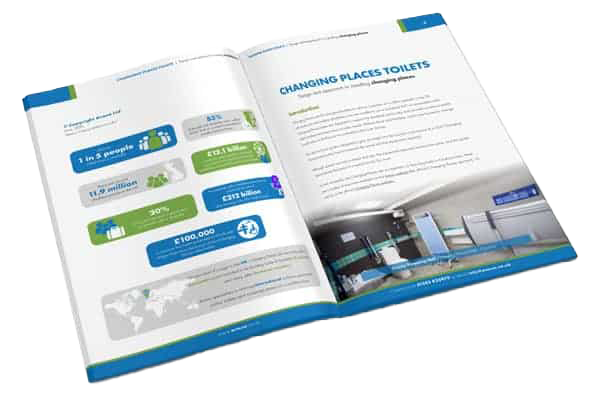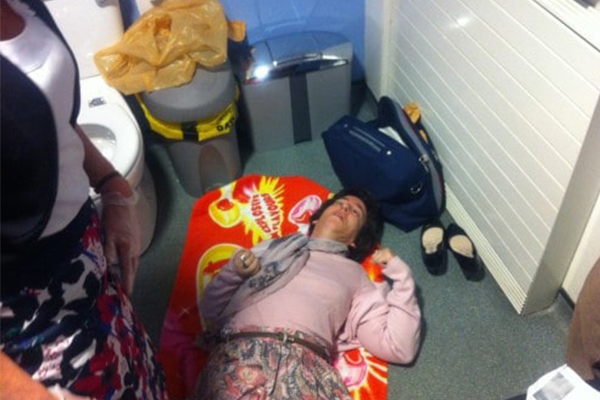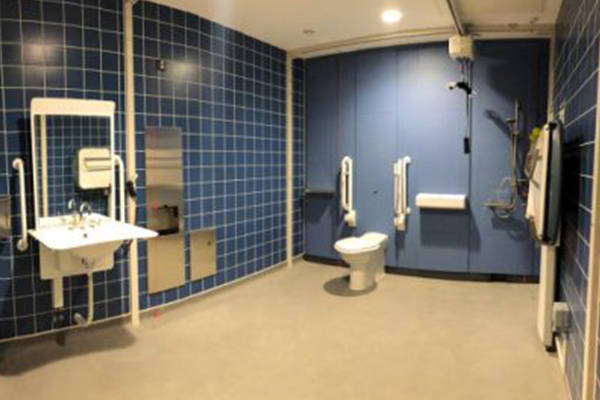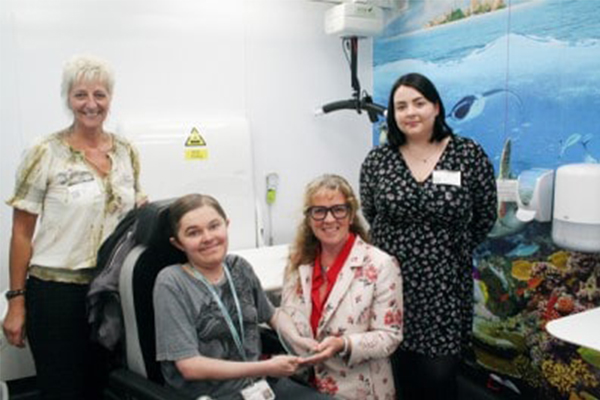About Changing Places Toilets
Standard toilets and disabled toilets do not meet the needs of all people with a disability – or their carers and families. People with profound and multiple learning disabilities, as well as other serious impairments such as spinal injuries, muscular dystrophy, multiple sclerosis or an acquired brain injury, often need extra support to allow them to use toilets comfortably.
Changing Places Toilets have been designed specifically to to provide that additional support. Features of Changing Places Toilets include much more space (a minimum of 12sqm) to enable wheelchairs to be manoeuvred and to provide space for carers, specific equipment such as height adjustable changing tables and washbasins, overhead hoists and privacy screens, and other features such as alarms and support rails.

Changing Places Toilets
design and approach to install changing places
Click below to download your aveso guide to changing places.
Why do we need a Changing Places Toilet?
The need for Changing Places Toilets is primarily driven by the needs of people with complex disabilities who require these facilities to enable them to live their day-to-day lives in as full a way as possible. There are also other considerations – primarily financial and legal, that build a compelling business case for the installation of Changing Places Toilets within public and private buildings.









